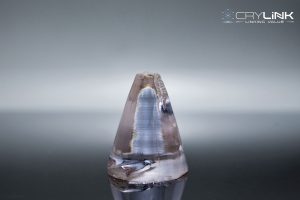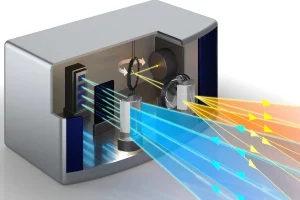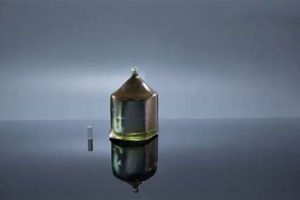Introdution
The Er:YAG laser, also known as the erbium-doped yttrium aluminium garnet laser, has become a popular tool in the medical and cosmetic fields. As its popularity grows, so do the questions surrounding its use, benefits, and potential risks. In this article, we address the top 10 questions about the Er:YAG laser to provide a comprehensive understanding of this advanced technology.
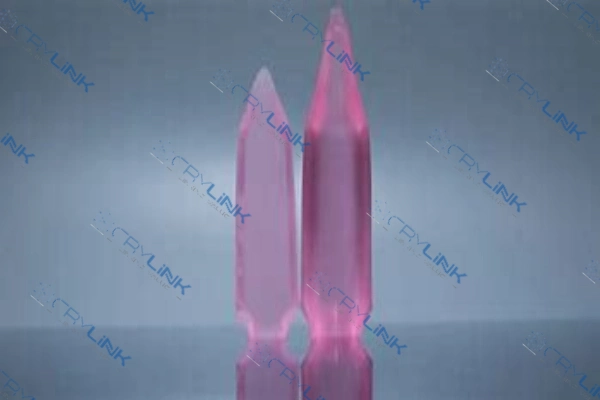
What is the Er:YAG Laser?
The Er:YAG laser, standing for erbium-doped yttrium aluminium garnet laser, is a cutting-edge technology that has revolutionized the field of dermatology and cosmetic procedures. This solid-state laser is unique due to its active laser medium, which comprises the rare earth element erbium doped into a yttrium aluminium garnet crystal. Emitting light at a wavelength of 2940 nm, it has a specific affinity for targeting water molecules, which are abundant in our skin. This makes the Er:YAG laser exceptionally effective for a variety of procedures that focus on the skin and the superficial layers beneath it. Its precision and ability to target specific layers without causing extensive collateral damage have made it a preferred choice among professionals in the medical and aesthetic fields.
How Does the Er:YAG Laser Work?
At its core, the Er:YAG laser operates by emitting a concentrated beam of light at a specific wavelength that is readily absorbed by water molecules in the skin. When this light energy is absorbed, it causes the rapid vaporization of water, leading to the removal of a precise, controlled layer of skin. This process is known as ablation. What sets the Er:YAG laser apart from other lasers is its ability to perform this ablation with minimal heat damage to the surrounding tissues. This is because the laser’s energy is primarily absorbed by the water, leading to instant vaporization, rather than a gradual heating of the surrounding tissues. This characteristic ensures that the surrounding skin remains largely unaffected, reducing the risk of side effects and ensuring a faster healing process.
What are the Primary Uses of the Er:YAG Laser?
The versatility of the Er:YAG laser is evident in its wide range of applications. Predominantly, it’s a go-to solution for skin resurfacing, a procedure that rejuvenates the skin by removing its outermost layers, revealing fresher, younger-looking skin underneath. This makes it highly effective in addressing age spots, which are often a result of sun damage or the natural aging process. Additionally, birthmarks, which can sometimes be a source of self-consciousness for individuals, can be lightened or entirely removed using this laser. But the applications don’t stop at cosmetic enhancements. The precision of the Er:YAG laser makes it an excellent tool for removing unwanted lesions such as moles, warts, and skin tags without causing significant scarring. Beyond dermatological uses, the Er:YAG laser has also found its way into dental procedures, aiding in treatments that require precision and minimal invasiveness.
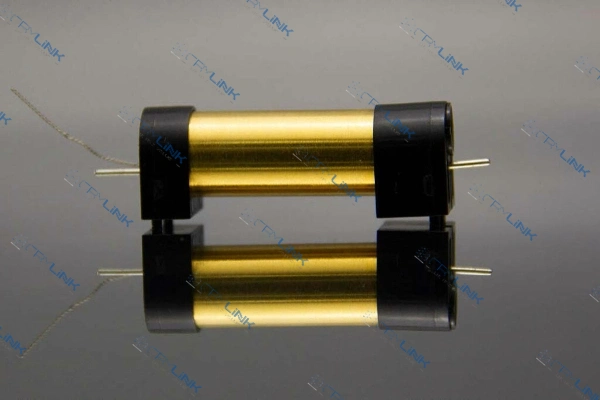
How Does Er:YAG Compare to Other Lasers?
In the world of medical and cosmetic lasers, the Er:YAG holds a distinct position. When compared to other lasers, such as the CO2 laser, the Er:YAG stands out due to its reduced thermal damage. This means that while other lasers might cause more extended periods of redness, swelling, and downtime, the Er:YAG ensures quicker recovery times, often with less associated discomfort. Its specific wavelength makes it particularly effective for superficial skin treatments, allowing it to target the exact depth needed without affecting deeper tissues. This level of precision, combined with reduced side effects, positions the Er:YAG laser as a top choice for professionals seeking the best results for their patients.
What are the Benefits of Er:YAG Laser Treatment?
The Er:YAG laser treatment is a game-changer in the realm of dermatological and cosmetic procedures, offering a plethora of benefits that set it apart from traditional methods. One of its standout advantages is the precision it offers in skin removal. Unlike other treatments that may affect larger areas, the Er:YAG laser can target specific zones, ensuring that only the intended area is treated. This precision reduces the risk of scarring, a concern many individuals have when considering skin treatments. Furthermore, the Er:YAG laser boasts shorter recovery times, a boon for those who lead busy lives and cannot afford extended downtime. This is largely due to the minimal thermal damage it causes, ensuring that the skin heals faster. Lastly, its versatility is unmatched. From treating age spots and birthmarks to removing moles and warts, the Er:YAG laser is a multifaceted tool that addresses a wide range of skin conditions and lesions, making it a preferred choice for both practitioners and patients.
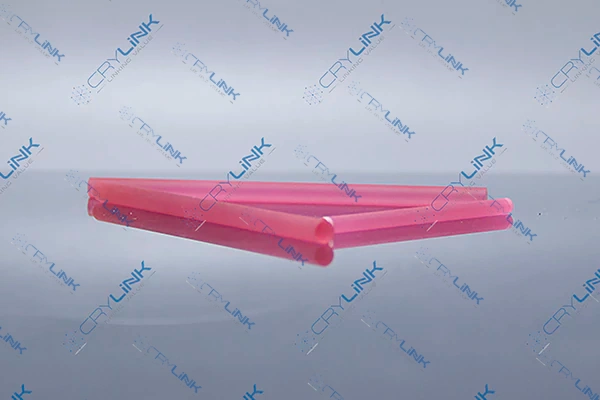
Are There Any Risks Associated with Er:YAG Laser Treatment?
Like all medical and cosmetic procedures, Er:YAG laser treatment is not without its risks. However, when performed by trained professionals, it is considered safe and effective. Some individuals may experience temporary redness in the treated area, a natural response as the skin begins its healing process. Swelling is another common side effect, but it typically subsides within a few days. While the Er:YAG laser is designed to minimize thermal damage, there’s a slight risk of infection or scarring, especially if the post-treatment care instructions are not followed diligently. It’s imperative for patients to adhere to the guidelines provided by their dermatologist or laser specialist, such as avoiding direct sun exposure and keeping the area clean, to ensure optimal results and minimize potential risks.
How Long is the Recovery Time After Treatment?
The beauty of the Er:YAG laser treatment lies not just in its effectiveness but also in its efficiency. Recovery time is significantly shorter compared to other treatments. For procedures that target the superficial layers of the skin, patients can expect to be back to their regular routine in just a few days. However, for deeper treatments that penetrate further into the skin, the recovery period might extend to one to two weeks. It’s essential to note that individual factors, such as skin type, age, and overall health, can also influence recovery time. Patients are advised to consult with their treatment provider to get a clearer understanding of what to expect post-treatment.
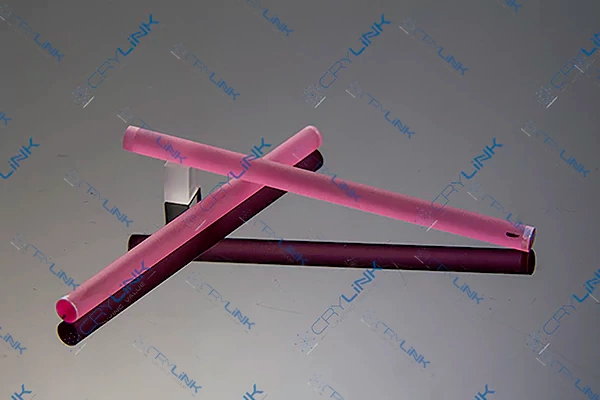
How Many Sessions are Typically Required?
The number of Er:YAG laser sessions an individual requires hinges on the specific treatment goal. For instance, lightening a birthmark or treating minor skin irregularities might yield satisfactory results in just one session. However, more extensive conditions or those desiring more dramatic results might necessitate multiple sessions. It’s also worth noting that the body’s natural healing process plays a role in the final outcome. Collagen production, skin regeneration, and other factors can continue weeks after the treatment, leading to progressive improvements. As always, a thorough consultation with a dermatologist or laser specialist will provide clarity on the number of sessions required to achieve the desired results.
Is the Er:YAG Laser Treatment Painful?
The experience of undergoing Er:YAG laser treatment is often likened to a series of rapid, mild snaps against the skin, akin to the sensation of a rubber band being lightly snapped. While the procedure itself is designed to be as comfortable as possible, individual pain thresholds can vary. Most patients report feeling a mild stinging or burning sensation during the treatment. However, advancements in the field and the use of cooling devices have made the procedure more tolerable. To further enhance patient comfort, topical anesthetics are often applied before the treatment. These numbing agents work to desensitize the skin, ensuring that the patient feels minimal discomfort. Post-treatment, any lingering sensations typically subside within a few hours, leaving patients with little to no residual pain.
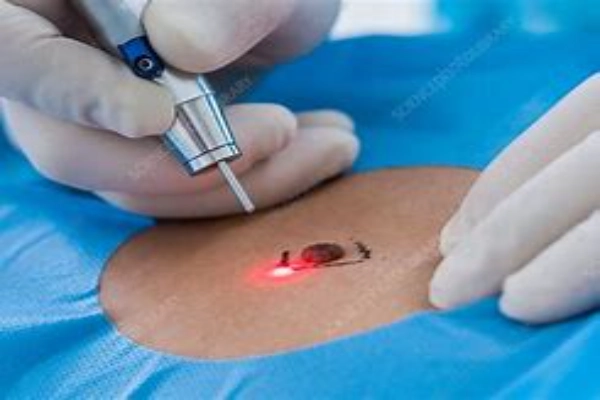
Who is an Ideal Candidate for Er:YAG Laser Treatment?
The Er:YAG laser treatment is a versatile procedure, but it’s not a one-size-fits-all solution. Ideal candidates are typically individuals with fair to medium skin tones. This is because the laser targets water in the skin, and lighter skin tones tend to have a more uniform distribution of water, allowing for more predictable results. Those with darker skin tones might experience pigmentary changes, making a thorough evaluation crucial. Beyond skin tone, the treatment is best suited for those seeking to address superficial skin concerns such as fine lines, sun damage, minor scars, and other surface irregularities. It’s also worth noting that individuals should be in good health, with no active skin infections or conditions that might affect the healing process. While the Er:YAG laser offers promising results for many, it’s essential to approach the procedure with realistic expectations. A consultation with a dermatologist or laser specialist is paramount. During this consultation, the professional will assess the individual’s skin type, discuss their concerns, and determine the suitability of the Er:YAG laser treatment for their specific needs. This personalized approach ensures that each patient receives the best possible care and achieves optimal results.
Conclusion
The Er:YAG laser stands as a testament to the advancements in dermatological technology, bridging the gap between non-invasive procedures and transformative results. Its versatility is evident in its wide array of applications, from addressing age-related concerns to rectifying skin imperfections. What sets the Er:YAG laser apart from other treatments is its unparalleled precision, allowing professionals to target specific layers of the skin without causing undue damage to surrounding tissues. This precision not only ensures effective treatment but also significantly reduces recovery times, a factor that is of paramount importance to today’s fast-paced world. Moreover, the laser’s ability to cater to a diverse range of skin concerns means that individuals no longer need to seek multiple treatments; the Er:YAG laser offers a comprehensive solution. For those in pursuit of rejuvenated, youthful, and enhanced skin, the Er:YAG laser emerges as a beacon of hope, promising not just improved appearance but also renewed confidence.


